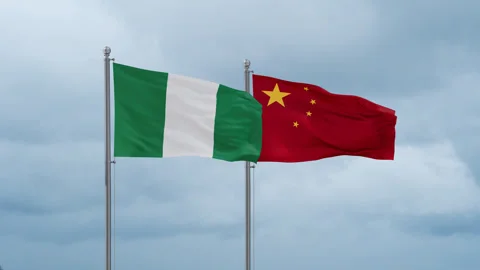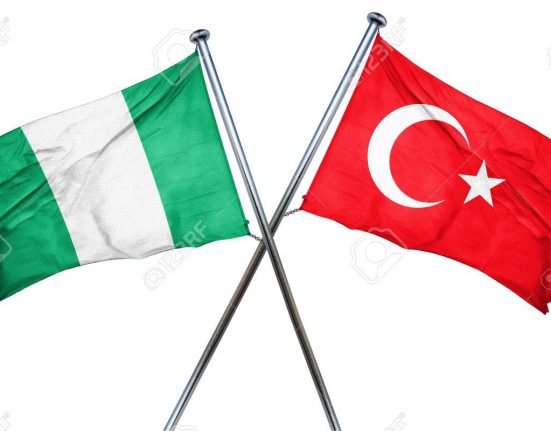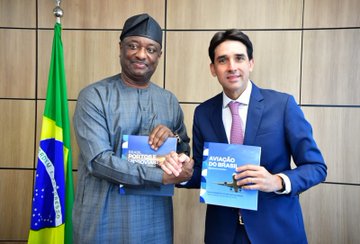In an encouraging turn for bilateral commerce, trade volume between Nigeria and China’s Guangxi Zhuang Autonomous Region surged to an estimated US$320 million in 2024, marking a testament to growing economic ties and deepening regional engagement. Official data show that both exports and imports flourished, with Nigeria continuing to funnel agricultural produce, minerals, and manufactured goods to Guangxi, while the Chinese region reciprocated by supplying machinery, electronics components, textiles and other industrial products.
Trade officials in Abuja express optimism, noting that the infusion of goods from Guangxi has helped diversify Nigeria’s sourcing beyond traditional import partners, especially in sectors such as light machinery, consumer electronics, and infrastructure‑related materials. Meanwhile, the export of locally‑produced commodities, ranging from palm oil to processed agricultural staples, into Guangxi is said to have bolstered local industries and agribusinesses, particularly in the south and middle belt regions where such produce is most prevalent.
At the heart of the trade growth, analysts point to the strengthening of logistical linkages: direct sea‑freight routes and improved customs coordination between Nigeria’s ports and Guangxi’s Nanning gateway have significantly lowered transit times and reduced freight costs. “The improving freight corridor has created room for value‑adding exports and faster delivery of finished goods to market,” commented a trade observer in Lagos.
Although precise sectoral volumes remain under review, preliminary figures from trade monitors imply that Nigeria’s volume of manufactured‑goods imports from Guangxi soared by nearly 40 percent compared to 2023 levels, while exports to the Chinese region climbed by roughly 25 percent, both contributing to the cumulative US$320 million trade figure.
The milestone highlights not only a deepening of Sino‑Nigerian economic bonds but also a clear opportunity for Nigerian exporters to further access the vibrant Guangxi economy, especially in areas like agro‑processing, solid minerals, and light manufacturing. It also paves the way for policymakers in both regions to explore enhanced cooperation in industrial investment, trade facilitation, and technical exchange, underscoring that the US$320 million in trade is more than a number, it’s a developing narrative in Nigeria’s economic diversification strategy.







